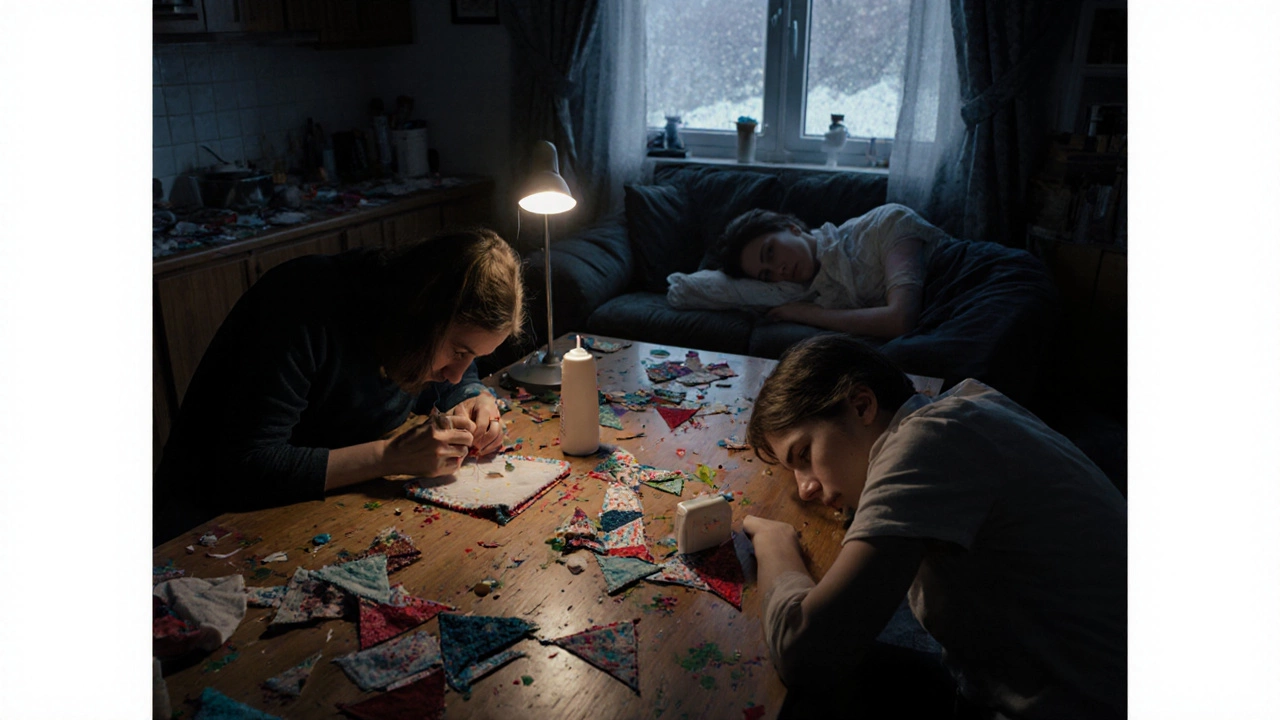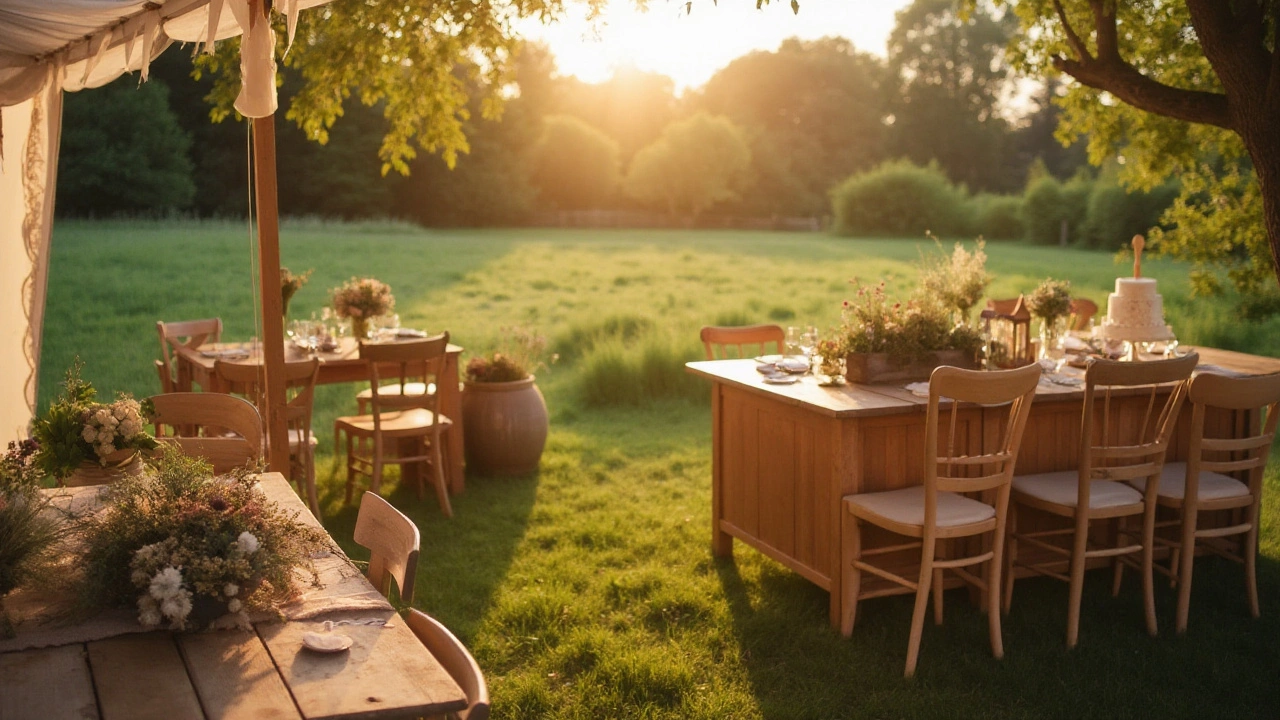Budget Wedding Tips: How to Have a Beautiful Day Without Breaking the Bank
First thing’s first – a budget wedding doesn’t mean a boring wedding. It means being smart with every pound you spend. Think of it as a puzzle: you have a picture of your dream day, and you’re finding the cheapest pieces that still fit perfectly.
Start by setting a clear budget. Write down how much you can spend overall, then break it into categories: venue, dress, food, photography, décor, and any extras. Seeing the numbers on paper helps you spot where you can trim without hurting the vibe.
Smart Money‑Saving Strategies
1. Venue hacks – Look for non‑traditional spaces like community halls, local parks, or a friend’s garden. Many of these places charge a flat fee or even let you use them for free if you bring your own chairs and tables.
2. Off‑peak timing – Weddings on weekdays, in the winter, or during the “shoulder” season (late September to early November) often come with big discounts on venues and vendors.
3. All‑in‑one packages – Some photographers, caterers, or DJs offer bundle deals. Compare a la carte pricing with package rates to see which saves more.
4. Guest list control – Each extra guest adds to food, seating, and invitations. Keep the list tight to the people you truly want to celebrate with.
5. Second‑hand dresses – Look at sample sales, gently used gowns, or online marketplaces. A beautiful dress can be half the price of a brand‑new one, and many tailors will still alter it for you.
DIY Ideas That Wow
DIY isn’t just a buzzword; it’s a cost‑crusher when done right. Start with the things that make the biggest visual impact.
Invitations – Design simple e‑cards with free templates, then print them on plain cardstock at home. Add a personal touch with hand‑written addresses.
Decor – Use bulk flowers from supermarkets and arrange them in reused glass jars or milk bottles. Fairy lights, paper lanterns, and fabric drapes are inexpensive but transform a space.
Centerpieces – Fill clear jars with sand, shells, or pine cones, then top with a single bud. It looks elegant, costs pennies, and you can make a dozen in minutes.
Photo booth – Set up a backdrop with a plain sheet, string lights, and a few props you gather from thrift stores. Let guests snap pictures on their phones – no need for a pricey booth.
Remember, the goal isn’t to DIY everything yourself, but to focus on high‑impact items you can handle cheaply. If a task feels overwhelming, ask a friend who’s handy – many people love to help.
Finally, track every expense in a spreadsheet. Update it after each vendor meeting so you always know where you stand. When you see the numbers adding up, you’ll feel more in control and less stressed.
Planning a budget wedding is all about trade‑offs and creativity. By choosing smart venues, trimming the guest list, and adding a few DIY touches, you’ll have a day that feels just as magical as any high‑spending affair – only with a lot more cash left for the honeymoon.

- Nov, 17 2025
- Comments 0
Is a DIY Wedding Stressful? Real Talk on Wedding Decorations and Hidden Costs

- Jan, 16 2025
- Comments 0